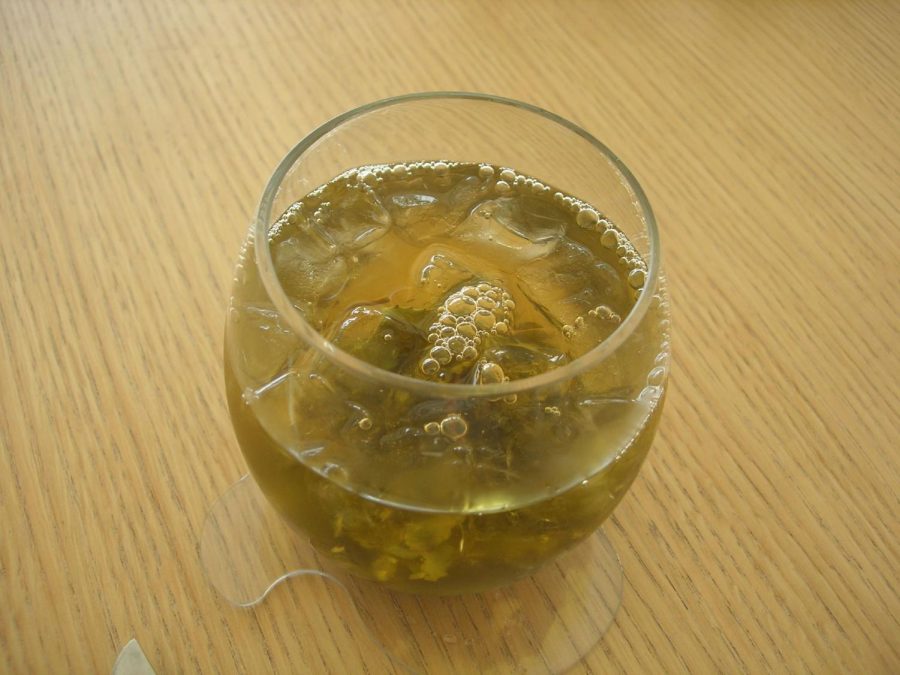Green tea: another detox health myth, or is it actually worth your while? As an avid tea drinker myself, I’d like to think it is indeed worth my while, so I decided to do a little digging into where green tea comes from and the science behind all the health hype. Green tea comes from the plant camellia sinensis and is said to have protective properties such as anti-inflammatory, anti-diabetic, anti-oxidative and lipid-lowering effects. Green tea includes a variety of physiological benefits. While it has many bioactive chemicals, catechin is the predominant, most noteworthy, compound.
Catechin is found in wine, tea, cocoa and berries. It is an antioxidant and is part of the chemical family of flavonoids.Research shows that catechins are the main compound behind green tea’s plethora of benefits. Their anti-inflammatory properties suppress vascular and muscular inflammation, which aids in the prevention of several cardiovascular illnesses and provides cardiovascular protection. Catechin, being the most potent active compound of green tea, means drinking more green tea can help to prevent cellular damagefrom free radicals by blocking the overproduction of pro-inflammatory substances. Catechins’ anti-inflammatory properties apply to the rest of the body too, including aiding muscle recovery after a tough workout.
Green tea also contains an amino acid known as L-theanine that has been shown to have a direct effect on the brain. It was found that L-theanine allows the mind to relax without inducing drowsiness, even when taken at realistic daily values of around 50 mg (your typical cup of tea can contain about 20 mg of L-theanine). In a collection of other studies, the combination of L-theanine and caffeine (both of which are in your regular cup of green tea) is seen to have a positive influence on memory and attention and reduction of anxiety. The combination of caffeine and L-theanine in green tea allows for you to feel the effects of caffeine without the jitters, a plus for college students constantly on the grind.
To experience more of the benefits of green tea, matcha, a more highly concentrated version, is a good substitute. Both matcha and green tea are made from the same plant, camellia sinensis. The reason they seem so different is because regular green tea comes in a tea bag, matcha, on the other hand, is made of finely ground green tea leaves. Matcha contains five times as much L-theanine as green tea and has a much greater number of antioxidants. When preparing matcha, you dissolve powder containing whole tea leaves, meaning you’re consuming more green tea leaves per cup and therefore taking in all of its benefits.
If you’re not a fan of green tea or matcha, these are a few foods rich in catechins that make a fine alternative: dark chocolate, red wine, apples, blackberries and cherries (that being said, maybe take it easy with the chocolate and wine). You may be inclined to think that more is better, but only two to three cups of regular green tea a day is sufficient to take in all of the benefits. If you choose the matcha route (which is not necessary, but entirely optional), half a teaspoon to two teaspoons is sufficient.
Victoria Adams-Forne can be reached at [email protected].



















